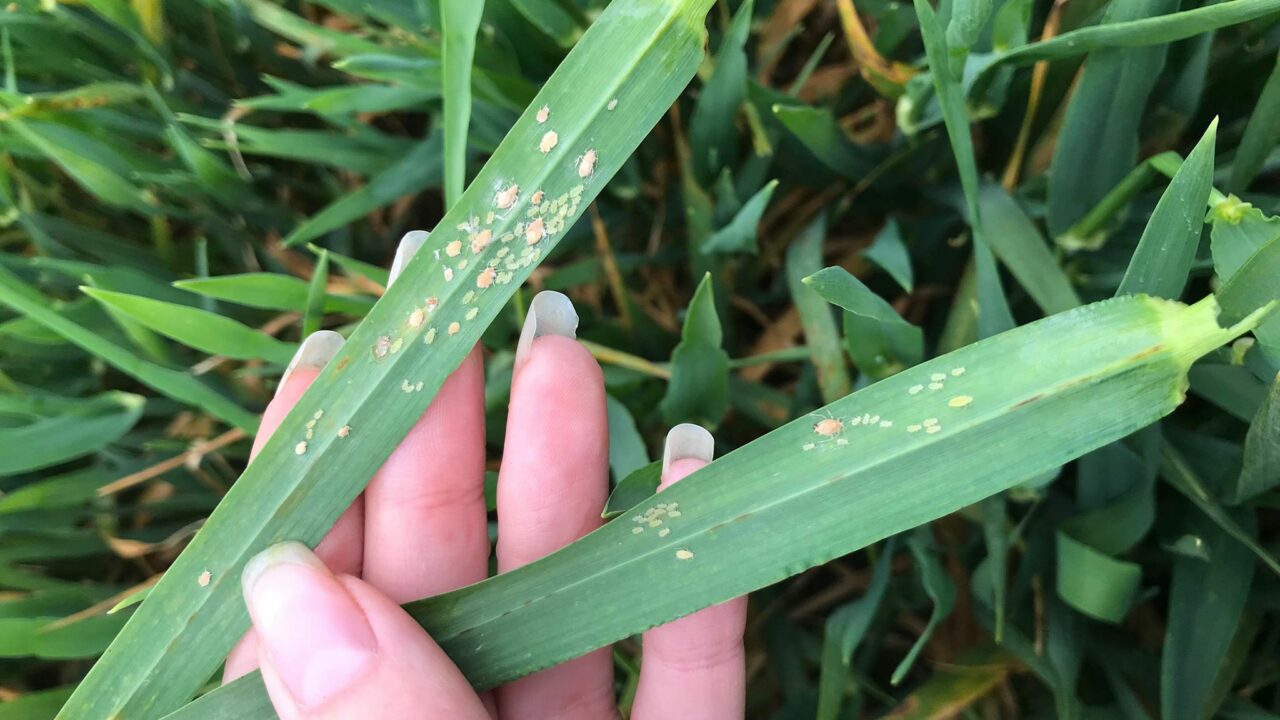The application of an aphicide to spring crops is an easy decision for some, but more and more tillage farmers are turning away from the use of insecticides. This comes as resistance has built up to active ingredients and as farmers try and increase biodiversity on their farms.
Barley yellow dwarf virus (BYDV) can have dramatic impacts on crops; some are more at risk than others.
If barley was planted in April the advice is to apply an aphicide. If the crop was sown in April and is near the coastline then the risk of BYDV is much greater and again the advice is to apply an aphicide. Crops in coastal areas are at higher risk due to the milder temperatures and lower risk of frost.
Timing of application
If an aphicide is being applied it should be applied between GS13 and GS15 – the three to five leaf stage. In reality most farmers don’t apply at this time, many wait until the herbicide spray and while research shows applying before GS30 can have an effect on the reduction of BYDV, the optimum time to spray is at that early stage.
However, resistance to pyrethroids is well-known and because of this some growers are not applying those products. If you are in doubt you should monitor the effectiveness of the insecticide.
Keep an eye out for aphids
While aphids can be difficult to spot, try and look out for aphids in the field. They are easier to find near a hedge. If possible then see if they are winged. Winged aphids will spread infection quicker than un-winged aphids.
On-farm trial
If farmers are applying pyrethroids they should monitor their effectiveness. One way of doing this is by conducting an on-farm trial. It won’t be a scientific trial, but it may help to give some idea of what’s happening on your farm.
Take two fields near each other, with similar hedgerows – take into account hedgerows and if the aphids have the same type of habitat in each field if possible.
The farmer could then spray one field and not the other to see if there is a difference between the crops.
If there is less BYDV in the sprayed field, compared to the unsprayed field, then the aphicide must have worked. If the same level of BYDV is evident in both fields it is quite possible that there are resistant aphids on your farm, but in reality you won’t know if they are resistant unless they are tested.
